Could using blockchain kill your green credentials?
With Bitcoin transactions consuming enough energy to fuel a small country, can blockchain technology ever be considered environmentally friendly?


This article originally appeared in issue 22 of IT Pro 20/20, available here. To sign up to receive each new issue in your inbox, click here
Blockchain technology has long been touted as a solution for many problems that businesses, and entire industries, face, with many organisations pursuing a variety of use cases. The way blockchain works, however, has genuine downsides in terms of energy consumption, and its rise in popularity comes at a time businesses are actively considering the environmental impact of their operations.
Bitcoin, the most widely-known application of blockchain, has gained infamy for its less than impeccable green credentials. There are several mining rigs throughout the world validating transactions and, according to the University of Cambridge’s Bitcoin Electricity Consumption Index, its annual consumption is 102.3 TWh. This is a figure greater than the total consumption of the Philippines (93.4 TWh), which has a population of 110 million.
Bitcoin, though, is just a single application of broader distributed ledger technologies (DLTs). With countless other potential forms and use cases, especially in the enterprise, can tapping into the blockchain ruin an organisation’s green credentials?
More hype than reality?
To understand why blockchain is such an energy hog, we must first consider how it works. Blockchain is essentially a database shared among several participants, or, in other words, a distributed ledger. This database is akin to a growing chain of blocks, with each block distinguished by its tamper-evident cryptographic signature, or hash, that prevents any block from being tampered with once it’s added to the continuously growing chain. Because a distributed ledger is scattered over many independent nodes across a network, it’s said to be invulnerable to hacking in a way classic networks aren’t due to their single point of failure.
Until recently, blockchain, and other DLTs, have been unsuited to meet the needs of businesses. This has been, in large part, due to a lack of scalability, security, regulatory compliance, and energy efficiency. The evolution of enterprise-grade blockchain technology, however, has made such systems accessible for both private and public sector organisations, according to iov42’s CTO, Ryan Worsley.
“We’re now beginning to see blockchain and other DLTs being embraced by several governments and organisations who want to leverage the benefits of blockchain — security, immutability, transparency, traceability, and streamlined efficiencies,” he says. An example of how the blockchain is being more widely adopted is in the development of the European Blockchain Services Infrastructure (EBSI) platform. This is a programme that aims to use blockchain to improve the scalability, energy efficiency, and security standards of cross-border services for public administrations, citizens, and businesses across the EU.
Get the ITPro daily newsletter
Sign up today and you will receive a free copy of our Future Focus 2025 report - the leading guidance on AI, cybersecurity and other IT challenges as per 700+ senior executives
Not all blockchains are created equal
RELATED RESOURCE
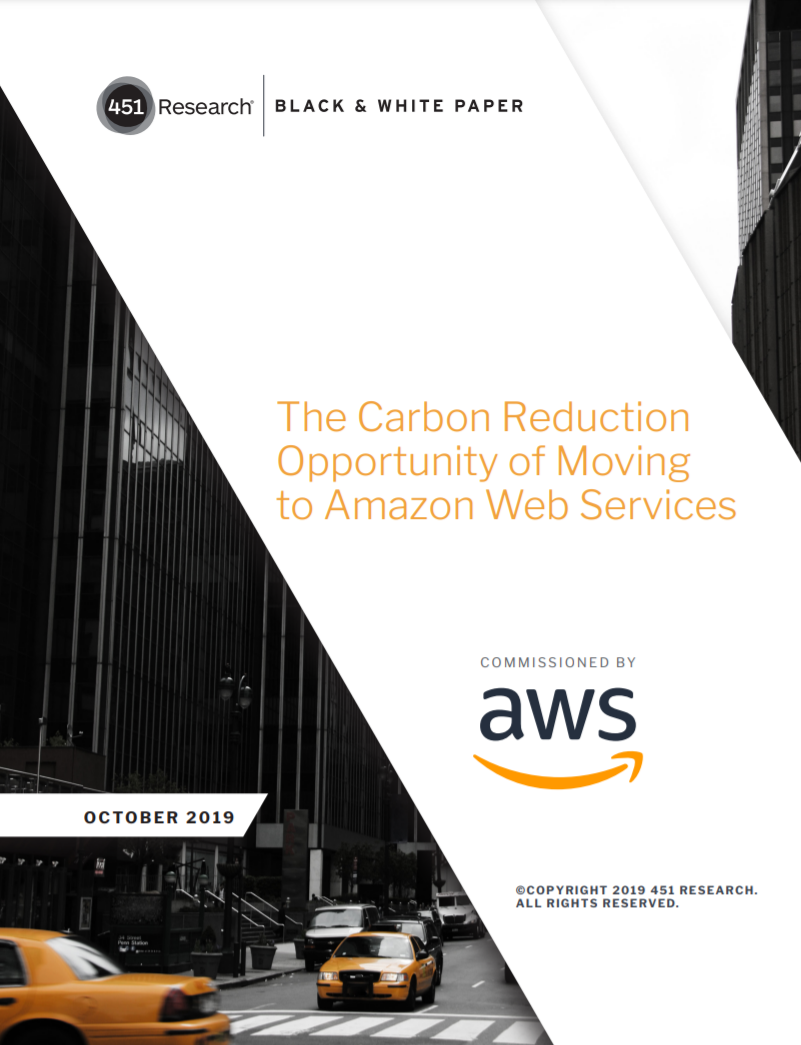
Bitcoin’s “not so secret” dirty secret is the enormous computing power it requires to confirm a financial transaction is legitimate, according to Neil Robson, a partner at Katten Muchin Rosenman LLP. Allowing any transfer to take place involves solving complicated encryption challenges on banks of computer servers that consume vast amounts of electricity. This confirmation process, known as proof-of-work, requires more and more power to solve the increasingly challenging encryption codes as Bitcoin matures, and there are fewer coins available to be mined. There are, after all, only a finite number of Bitcoins that will ever be discovered. The University of Cambridge’s latest benchmarking study showed only 39% of the electricity powering the Bitcoin mining process comes from renewable sources, with a hefty 61% coming from power stations fuelled by natural gas, oil, and coal.

Roughly 61% of electricity powering the Bitcoin mining process comes from gas, oil and coal
“For Bitcoin, or other cryptocurrencies, to become sustainable and be a suitable investment for an environmental, social, governance (ESG) fund,” Robson continues, “it will be necessary for them to evolve or be re-engineered away from the proof-of-work model so that they use significantly less electricity.”
Although cryptocurrencies consume huge amounts of energy, these digital tokens only represent one use of DLT. Should companies be keen to bolster their green credentials, they can still engage in other uses of blockchain without denting their ambitions, the founder of akaChain, Hoang-Giang Tran, tells IT Pro. “For instance,” he says, “companies can consider smart contracts. Smart contracts can be applied in many industries, including supply chain, finance and real estate. With smart contracts, industries like insurance can operate with less effort and less paper. The blockchain structure allows each stakeholder of insurers to communicate seamlessly, therefore reducing the laborious effort and resources involved in an insurance claim process.”
Another example is blockchain-backed traceability, which is based on the way DLT prevents any party from tampering with on-chain information. Blockchain-backed traceability can ensure the integrity of the information that’s transmitted through a network and, subsequently, eliminate any unethical practices in agriculture or goods manufacturing.
Worsley adds that companies shouldn’t avoid using blockchain technology so long as the particular use case isn’t reliant on the proof-of-work approach. “Unfortunately, Bitcoin’s reputation of being bad for the environment is casting a huge, unwarranted shadow on the rest of the DLT space that follows different consensus approaches,” he says. “This perception that blockchain is energy-intensive needs to be rectified, immediately.”
Building a greener blockchain
For companies hoping to both tap into blockchain and chase their net-zero targets, there’s a promising alternative to the proof-of-work model known as proof-of-stake. In the context of cryptocurrencies, proof-of-stake involves asking miners to stake their shares of any given cryptocurrency to validate each transaction, ditching the need for energy-intensive banks of computer servers to solve encryption challenges.
The Ethereum blockchain, on which the cryptocurrency Ether is based, is in the process of adopting a proof-of-stake system, with the community having been testing a proof-of-stake workflow on a chain called Beacon since December 2020. The switchover is expected to be completed towards the end of 2021, but no exact date has been given yet.
“If cryptocurrencies were to evolve to a proof-of-stake, or other models, without the need for vast amounts of electricity, which Bitcoin probably never will” Robson explains, “then maybe they could eventually become a sustainable investment for ESG investors.”

The Ethereum blockchain will soon abandon proof-of-work in favour of a proof-of-stake system
By integrating a sustainable form of blockchain technology into every aspect of economic life, we could also reduce the carbon footprint for many businesses. For example, automating the bulk of organisations’ infrastructure and IT systems might enable companies to reduce the number of employees who need to commute into an office to process orders. This will lead to fewer transportation-related carbon emissions, according to Dr Najwa Aaraj, chief researcher at the Cryptography Research Centre at the Technology Innovation Institute (TII) in the United Arab Emirates (UAE). “Although the full potential of the green applications of blockchain technology may not become apparent for years to come,” she says, “it can help companies log their carbon emissions. In the future, we may even be using blockchain-powered carbon credits to move to a carbon-neutral future.”
Rene Millman is a freelance writer and broadcaster who covers cybersecurity, AI, IoT, and the cloud. He also works as a contributing analyst at GigaOm and has previously worked as an analyst for Gartner covering the infrastructure market. He has made numerous television appearances to give his views and expertise on technology trends and companies that affect and shape our lives. You can follow Rene Millman on Twitter.
-
 Bigger salaries, more burnout: Is the CISO role in crisis?
Bigger salaries, more burnout: Is the CISO role in crisis?In-depth CISOs are more stressed than ever before – but why is this and what can be done?
By Kate O'Flaherty Published
-
 Cheap cyber crime kits can be bought on the dark web for less than $25
Cheap cyber crime kits can be bought on the dark web for less than $25News Research from NordVPN shows phishing kits are now widely available on the dark web and via messaging apps like Telegram, and are often selling for less than $25.
By Emma Woollacott Published
-
 Achieving business outcomes with generative AI
Achieving business outcomes with generative AIWebinar Take your hybrid cloud journey to the next level with generative AI
By ITPro Published
-
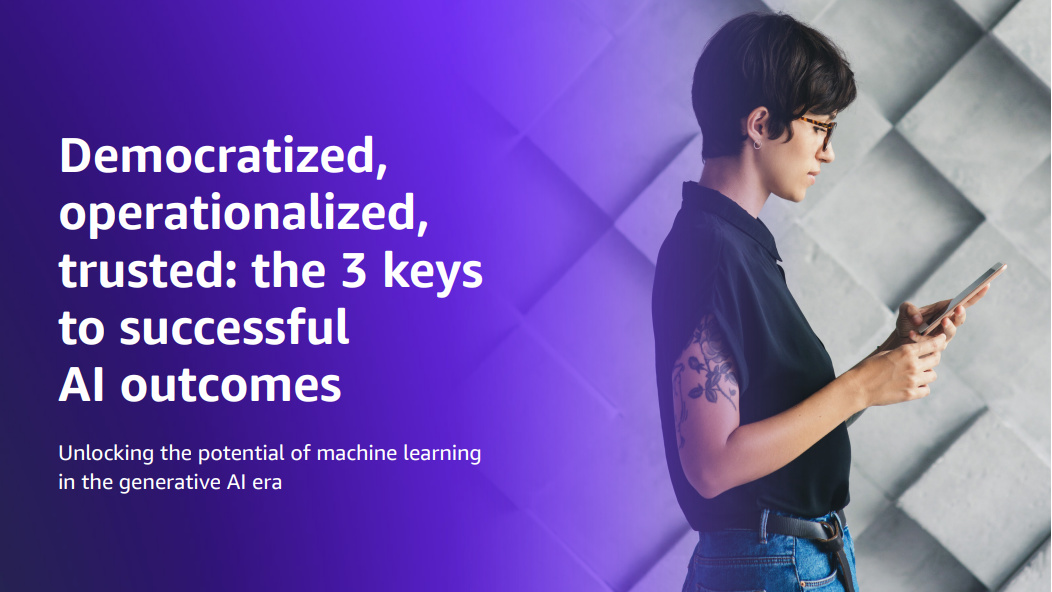 The three keys to successful AI and ML outcomes
The three keys to successful AI and ML outcomesWhitepaper Unlocking the potential of machine learning in the generative AI era
By ITPro Published
-
 Clarity of AI implementation is a primary concern for UK employees
Clarity of AI implementation is a primary concern for UK employeesNew research finds workers are enthusiastic about implementing AI but are in the dark over how it will happen
By Solomon Klappholz Published
-
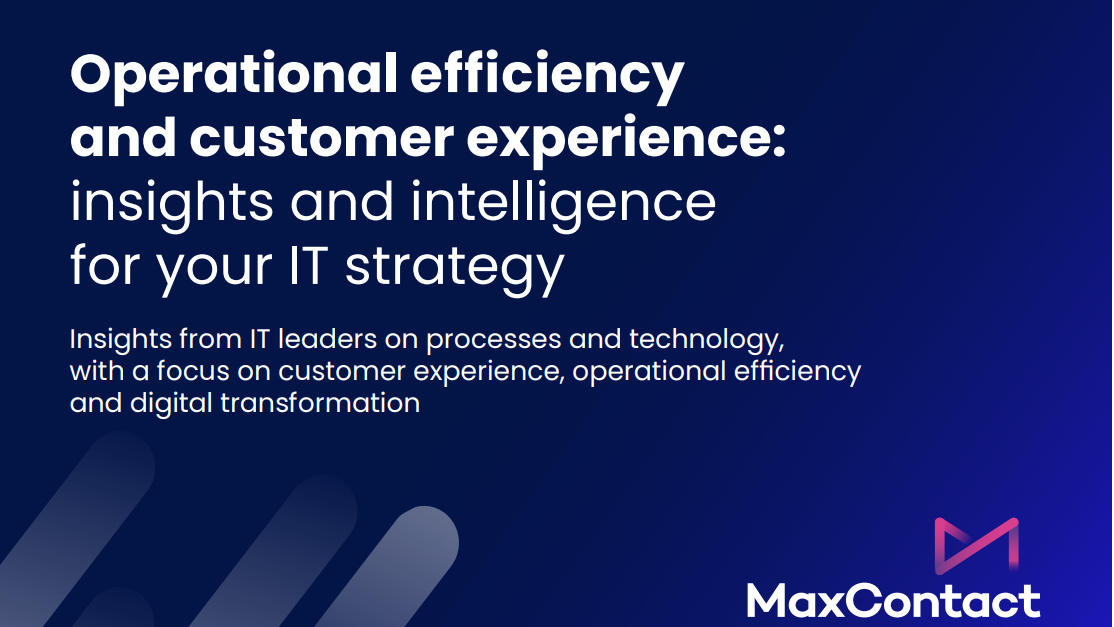 Operational efficiency and customer experience: Insights and intelligence for your IT strategy
Operational efficiency and customer experience: Insights and intelligence for your IT strategyWhitepaper Insights from IT leaders on processes and technology, with a focus on customer experience, operational efficiency, and digital transformation
By ITPro Published
-
 The four pillars of excellence for technology leaders
The four pillars of excellence for technology leaderswhitepaper Download this CIOs business case for integration and automation
By ITPro Published
-
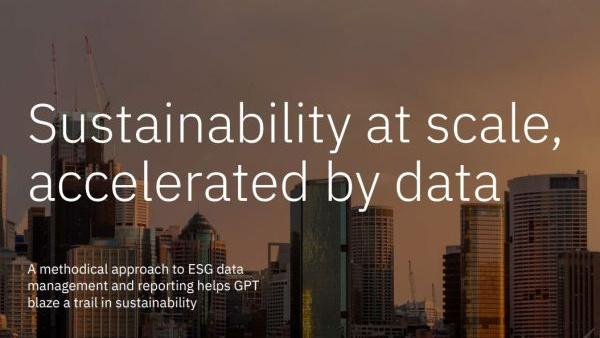 Sustainability at scale, accelerated by data
Sustainability at scale, accelerated by dataWhitepaper A methodical approach to ESG data management and reporting helps GPT blaze a trail in sustainability
By ITPro Published
-
 Bing and Edge AI hits open preview, with chat history and multimodal promise
Bing and Edge AI hits open preview, with chat history and multimodal promiseNews Bing and Edge have been given a visual boost, and will now support third-party integration
By Rory Bathgate Published
-
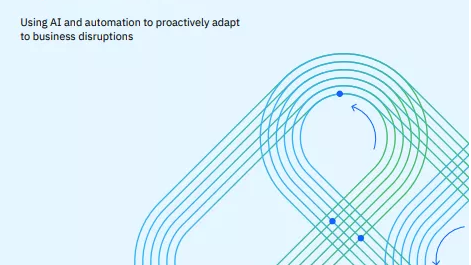 How to help IT manage itself with autonomous operations
How to help IT manage itself with autonomous operationsWhitepaper Using AI and automation to proactively adapt to business disruptions
By ITPro Published